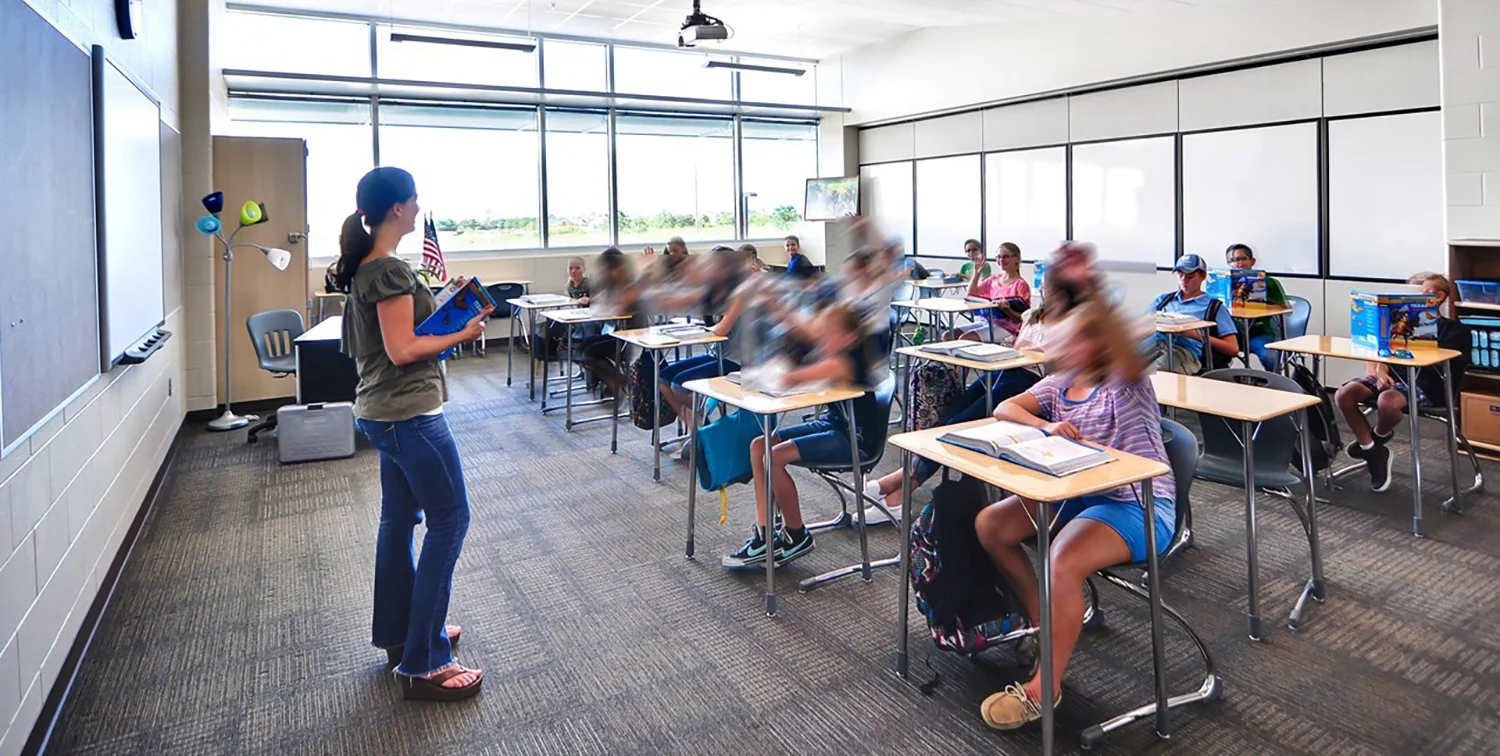For education facility designers, daylighting is wonderful. It means that buildings potentially use less artificial light and are more sustainable. And research has shown again and again that access to daylight benefits students, their performance, their comfort, and their health. But schools are increasingly technologically-enabled places and artificial lighting efficiency has come a long way. Together, these trends suggest that we pause and rethink daylight design to ensure we are designing with attention to changing learning environments and user comfort.
Post-occupancy studies (POEs) are extremely valuable to designers. They show us whether our most thoughtful design intentions are working out for users as intended. These POEs have been instrumental in providing us lessons learned regarding what design strategies are successful or not so successful as they relate to satisfaction, comfort, and wellbeing of our users and strategies that are successful in lower energy usage in the buildings we design.
Stantec’s Research + Benchmarking group investigates best practices and benchmarks our designs against others so we can apply this knowledge in our future design processes. When we do post-occupancy studies, we send unbiased industry standard Indoor Environmental Quality user surveys to teachers, administrators, and maintenance staff. We also perform occupant, client, facility managers and project team interviews. We gather and analyze the building’s energy and water usage data.
We thought it would be hugely beneficial to go back and look at how our schools perform. Since 2012-13, we’ve studied both old and new elementary and middle schools in Texas school districts where we work—some schools designed by us, some designed by others—to see how they rate in categories such as daylight, views, thermal comfort, acoustics, and maintenance.

